 |
||
|
||
| ||
Select Sony Stores Selling PS Vita 3G for $200 ASUS Releases the Touch-Powered ASUS VivoBook S500 New Details Revealed on AMD's Upcoming Richland Chips Select Sony Stores Selling PS Vita 3G for $200 A majority of the Sony stores across the US have dropped the price of the 3G-compatible PlayStation Vita, down to $199.97. The base 3G bundle includes the handheld, an 8GB memory card and a voucher for a free PlayStation Network game, if you sign up for data coverage, that is.  The image above comes from a Century City store in LA. Save for a couple of stores on the East Coast that had closed once the source called each and every Sony store location to confirm. An employee at the Denver location surmised this was a permanent price drop due to a discontinuation of the model and said there was no time frame on the sale in his system, which means Sony can end the sale whenever. The New Jersey and Las Vegas locations also told the 3G model was being discontinued, while an employee in Seattle said the sale would only last until Sunday. Other locations still had old pricing in their systems and had no idea about the price cut—and Sony has yet to bring the price down online. Source: Joystiq ASUS Releases the Touch-Powered ASUS VivoBook S500 ASUS announces availability of the touch-powered VivoBook S500 in North America.  ASUS VivoBook S500 has high-definition 15.6-inch display supporting multitouch for running at Windows 8 and ASUS Smart Gesture. 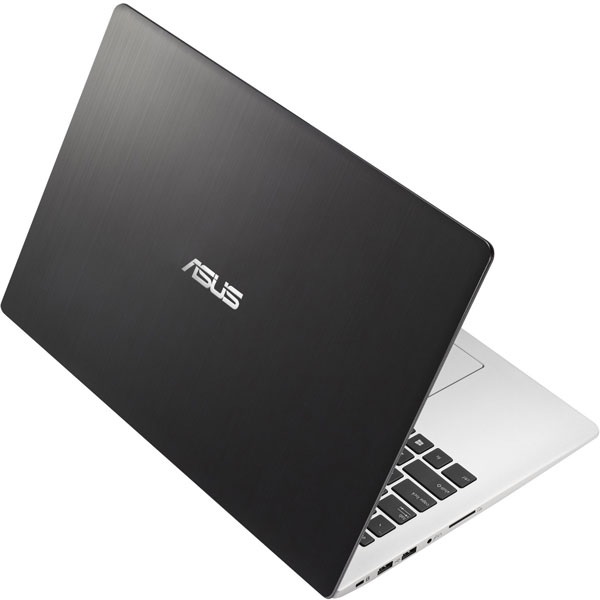 The basis of the system includes a 3rd generation Intel Core processor, ASUS SonicMaster audio and hybrid SSD/HD drive options. Using SSD lets you cutback the escape time from sleep-mode up to 2 seconds. Basic specifications of the ASUS VivoBook S550 are: 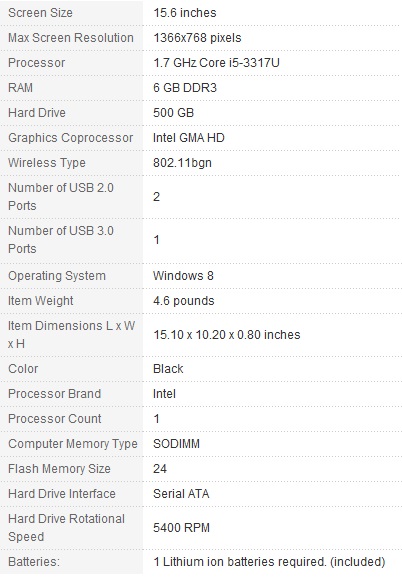 The ASUS VivoBook S500 starts at $699 or higher depending on model configuration. Source: TechPowerUp New Details Revealed on AMD's Upcoming Richland Chips The initial releases of AMD's new family of chips are aimed primarily at laptops and ultra-portable devices. With the upcoming release of its Richland APUs, AMD aims to improve the attractiveness of its chips for mobile devices and is specifically targeting power consumption and dynamic load based on temperature and performance. 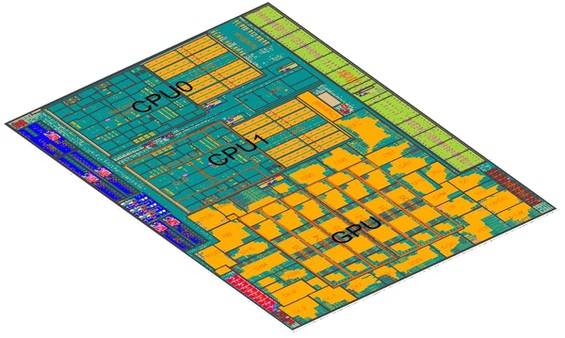 Based on the numbers AMD provided, Richland's overall power consumption appears to be slightly more conservative than Trinity's, yielding better efficiency, particularly in more demanding workloads. It's worth noting that the chart below does not include any benchmarks for full system load, but instead focuses on more realistic scenarios that an average user would encounter on a regular basis. 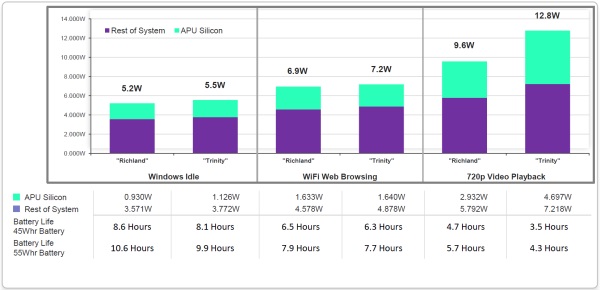 Based on the Fire Strike DirectX 11 test in 3DMark, Richland's graphics component appears capable of outperforming comparable chips from Intel's Ivy Bridge-based line-up, which would confirm what we've already seen on the desktop in benchmarks pitting Ivy Bridge against Trinity. With that said, this isn't a measure of Richland's x86 performance so much as its on-die GPU. 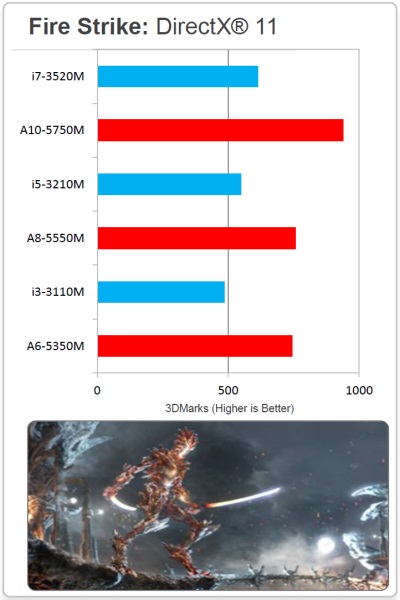 By far the most noteworthy improvement is "Temperature Smart Turbo Core" (TSTC), Richland's new temperature and clock management technology. TSTC primarily involves the use of 17 temperature sensors (five on each CPU and seven on the GPU) combined with a package sensor that allows the internal software to dynamically change the clock speed of both the CPUs and GPU based on load to enable the best possible performance whilst staying within the chip's thermal limits. For example, if the user is playing a GPU intensive game, the technology will reduce the CPU's clock speed which will then reduce its temperature and enable the GPU to run at a higher clock rate. 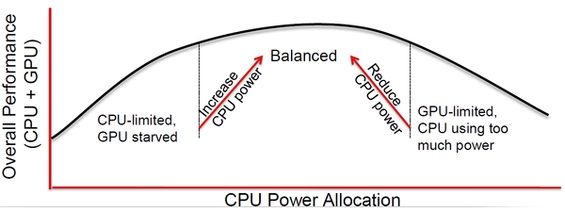 Though AMD's previous generation of Trinity chips also featured a similar system, it did not account for bottlenecks since the algorithm simply granted the CPU or GPU whatever power it demanded. Richland's algorithm, on the other hand, takes this into account and only supplies additional power if it will result in performance improvements or a more efficient operation. The family also includes a number of new technologies to allow a more natural interaction with the computer such as AMD Gesture Control, AMD Face Login, AMD Screen Mirror, AMD Quick Stream, Steady Stream and Perfect Picture HD. 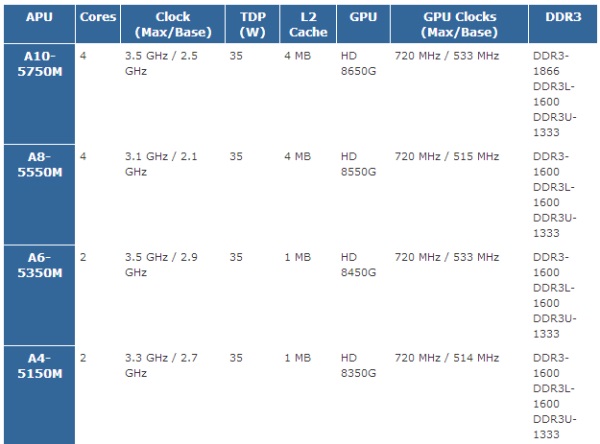 Richland will initially come to the market with four SKUs, the A10-5750M, A8-5550M, A6-5350M, and the A4-5150M. The quartet is currently being shipped to manufacturers with regional availability of OEM products tentatively scheduled to commence next month. Whilst AMD has revealed that low-voltage variants for ultra-thin notebooks will begin in Q1 / Q2 2013, it has yet to provide any information on desktop Richland chips. Source: Tom's Hardware Guide
Write a comment below. No registration needed!
|
Platform · Video · Multimedia · Mobile · Other || About us & Privacy policy · Twitter · Facebook Copyright © Byrds Research & Publishing, Ltd., 1997–2011. All rights reserved. |